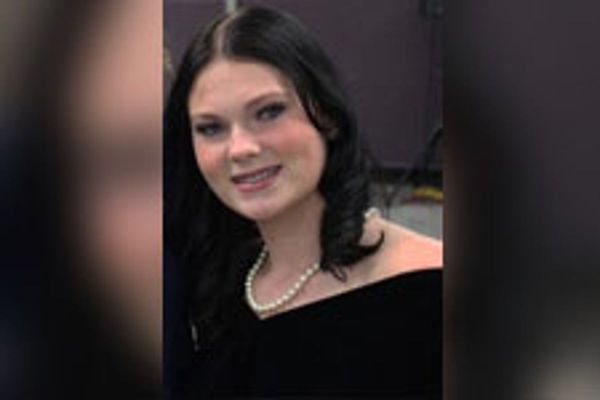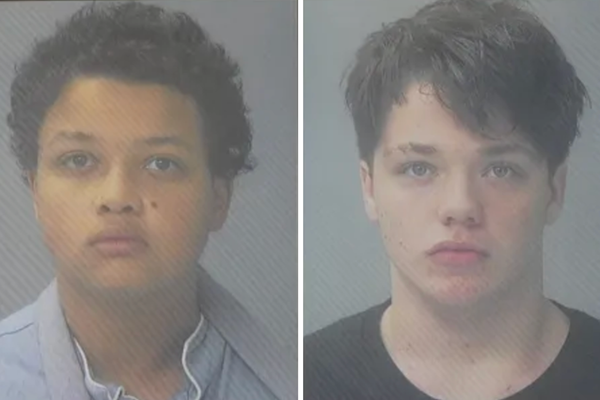Whenever as a child I came upon a description of people living their daily life during the 1940s, I reacted with disbelief. How can this be, when millions in Europe were experiencing incomprehensible horror? It felt inconceivable.
The daily life of Soviet children was infused with a narrative of war — of past and present threat. It was pervasive in children’s literature. No person who grew up in the Soviet Union could forget Malchish Kibalchish, the fictional character in Arkady Gaidar’s 1933 children’s book “The Tale of the Military Secret, Boy Malchish Kibalchish and His Firm Word.” In the story, Malchish helps the Red Army fight the bourgeoisie during the Russian Civil War. He is captured and tortured to death but does not reveal a military secret. He is a superhero, akin to a Disney character — with merchandise, a cartoon and a film. The film isn’t graphic — just a scream, off-screen. I was 7 when I saw it.
Zoya Kosmodemyanskaya, a real-life partisan, reportedly was tortured and executed by the Nazis in 1941 when she was 18. On a class field trip to the dentist — yes, that was a thing — I was chastised by a teacher for being fearful of getting a cavity filled without the use of Novocaine. “Zoya had the Soviet star burned into her back by the Nazis, and she didn’t cry,” the teacher said.
It is questionable whether Zoya’s story is true, considering it was a tool of Soviet propaganda, but she was a real person. Manufactured personas, revered as heroes, were ones that unquestioningly put the “motherland” above all else. These children’s stories helped build a foundation of blind trust. As a parent of two young children born in the U.S., I hope to instill in them that heroism is about truth that can come to light only through questioning. But heroes of the Kremlin, of today and yesterday, were designed to perpetuate lies.
A deliberately crafted narrative of war has been a powerful tool of the Soviet regime and, by all accounts, has remained so in the years of Vladimir Putin. We would have known this had we been paying attention. Effective in achieving extreme nationalism is leveraging the natural human need for identity and belonging. Extremism is pervasive in everyday life, often with little consequence — look at sports fandom. In times of peace, extreme nationalism can be used to instill paranoia and fear. In the face of perceived injustice, it is a weapon of war that has the potential to instigate unimaginable cruelty toward the alleged enemy.
We have seen it in Bucha, Ukraine, with much more to emerge.
Further, one may argue that the Kremlin has always been at war — fabricating “enemies of the state” to where no one is safe. Soviet leader Josef Stalin sent millions whom he perceived as threats to the gulags. In 1953, he manufactured the Doctors’ Plot, an alleged conspiracy of prominent, mostly Jewish doctors to murder Soviet government officials. Putin’s use of the same brutal strategies to achieve control, albeit less obvious to the average onlooker, has been evident for years.
“Us versus them”: It has always been this way.
As we are busy debating Putin’s military tactics or questioning the state of the Russian military, we fail to see that Putin’s real weapon is the Russian people. Are they the victims of the Kremlin’s meticulously executed lies that have been a reality of Russian life for generations? Or are they complicit in the full-scale tragedy that is unfolding in Europe in the 21st century in front of our eyes?
And what about us? In her Feb. 26 New Yorker article, Masha Gessen said people underestimate how quickly war becomes tedious. And tedious, it has become. So tedious that most of us have looked away. The stories of women raped and executed in front of their children are indeed too much to handle.
So we go on with our lives, ambivalent. We go to work. We take our children to soccer. We do this while millions of people are suffering unimaginable horror at the hands of a regime that is a master of lies.
But after all, this is nothing new — it has always been this way.
____
ABOUT THE WRITER
Liza Lerner was born in the former Soviet Union and immigrated to the U.S. with her parents in 1990.







